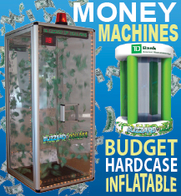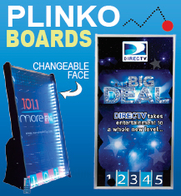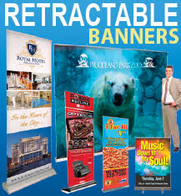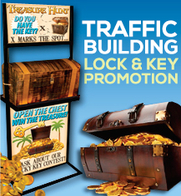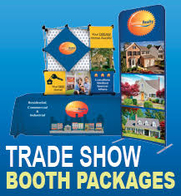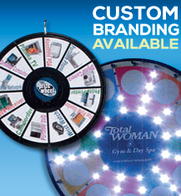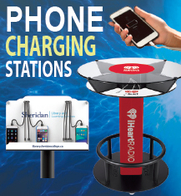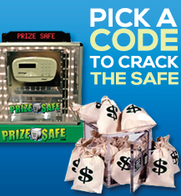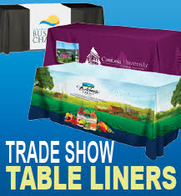 Whenever I am helping a client with their tradeshow marketing strategy, I inquire as to what products they intend to show. Inevitably, the response includes any number of products and services, so my next question is, “What is the most important to you? What is the most important to your customer?” Rarely is that answer on the tip of his or her tongue. Many trade show participants want to seize the opportunity to show off ALL of their products to get the biggest bang for their buck. Doing this can confuse visitors and be detrimental to their overall tradeshow marketing strategy.
Whenever I am helping a client with their tradeshow marketing strategy, I inquire as to what products they intend to show. Inevitably, the response includes any number of products and services, so my next question is, “What is the most important to you? What is the most important to your customer?” Rarely is that answer on the tip of his or her tongue. Many trade show participants want to seize the opportunity to show off ALL of their products to get the biggest bang for their buck. Doing this can confuse visitors and be detrimental to their overall tradeshow marketing strategy.
Information Overload
This is a big mistake and we’ve seen it time and again. So many tradeshow booths are overloaded with variety, and in an overall state of chaos. They can be so chaotic that a visitor isn’t interested to spend the time and energy to figure out if the presenter has anything worthwhile to offer.
Studies have shown that when the brain is presented with too many choices, it becomes confused, fatigued, and begins to shut down. Faced with too many choices and feeling the fatigue set in, the brain will look for the easy way out and choose to move away from the confusion – the offending booth or display.
Target YOUR Target Audience
There are a number of reasons an exhibitor might take the route of overloading their booths, whether inadvertently or not. Maybe they simply haven’t taken the time to prepare or are unaware that an overstocked booth can be a turnoff to visitors. Perhaps they have been indecisive about determining one specific product or message to focus on, so they throw them all out there in hopes of appealing to a larger audience.
Companies who are consistently successful at tradeshows know that identifying their target audience is job number one when it comes to a solid trade show marketing plan. Not knowing who your target audience is and which of your products will appeal to their specific needs can lead to a confusing trade show display and lower visitor interest.
Attract Visitors With An Inviting And Organized Booth
Visitors are at the tradeshow to seek out a solution. They want to see what is new in their industry and how your product can help them achieve greater success. They also want to move through a show somewhat quickly, so it’s important for your booth to be both inviting and organized.
Every part of your booth should contribute to your main goal: attracting prospective clients to your booth so that you can engage them and present the products and services you have to offer. Advertising specialties are a great way to engage visitors. Be sure that they are representative not only of your brand, but also of your featured product or service. Advertising specialties promote your company long after the tradeshow is over especially if they are practical or valuable items that visitors tend to hang on to. They can also highlight a new product, service, special achievement or event. T-shirts, mugs, pens and key chains are popular examples, and many companies are opting for unique items like recycled totes, USB drives, and hand sanitizers (a great item for tradeshows!)
Create an inviting, uncluttered atmosphere in and around your booth. You want your customers to comfortably explore your displays and activities. You also want your representatives to be on their toes, engaging and interacting. Do not provide chairs, and set up tables at the sides and the back of the booth to encourage interaction and avoid creating a barrier at the front.
Avoid confusing your tradeshow visitors by presenting a clear message with an uncluttered display that keeps the focus on your target audience.
About the Author
Jon Edelman provides exciting trade show marketing ideas, including advice about prize wheels, customizable scratch-off cards, money blowing machines, and other exciting trade show attractions. With years of experience in the trenches, he is an expert on booth displays, lead generation techniques, and networking with trade show vendors. Helping to build a referral-generating system, his ideas continuously lead to a boost in sales and revenue.








